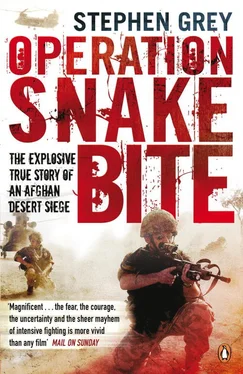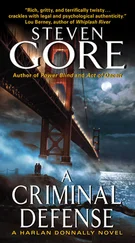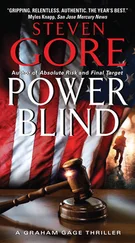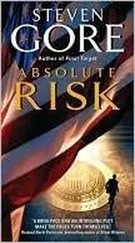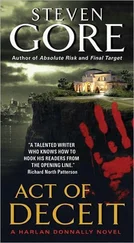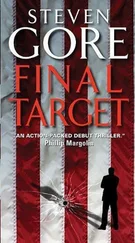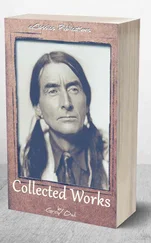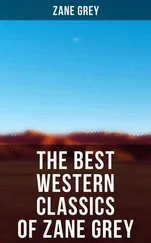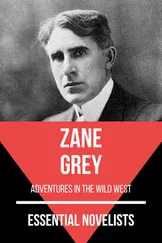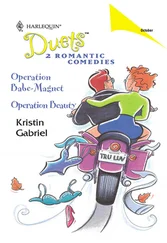They had arrived by helicopter at a busy time – on the busiest night in the entire battle. Brian Mennes, whose 1 Fury headquarters was inside the little concrete building at the base of the tower, was welcoming. Privately, though, he wished Mackay had stayed off ‘my hill’. What was the brigadier doing there? Was there an element of mistrust? If the decisive part of winning in Musa Qala was to avoid destroying the town, did Mackay think the American commander would break his promise of keeping the bombs out of the town centre? No one likes their boss sitting over their shoulder, least of all on a night when 1 Fury’s fire team – those controlling the aviation and artillery strikes – were going to have to make some tough calls.
Months later, Mennes would still ask the same question: ‘We’re all looking at the district centre,’ he said, ‘and we’ve got the general sitting up on my hill – doing what? Praying? There was nothing happening in Musa Qala proper that I needed help with, and yet the whole brigade headquarters was up there. What were they doing exactly? I don’t know. Because all the resources [for the fight] came from my team – our team.’
Mennes said he believed the brigadier should have had better things to do. 1 Fury’s battle for the wadi was just the first part ‘but not the decisive operation’ in Musa Qala. Seizing the district centre was ‘part of it’ and ‘not creating collateral damage, yes, a piece of it’, but the key should have been to build a plan for what came afterwards. ‘The decisive point should have been building consent from the people to the government.’
He added: ‘I got some insights from them, which was great. But, again, what they should’ve been thinking about was – where’s the fucking bulldozer going to come from? That’s brigade commander stuff, believe it or not, in counter-insurgency.’
Mackay, when he looked back, said that Mennes never betrayed any sign of his annoyance. ‘I had to be there,’ Mackay said later. ‘I knew that from Roshan Hill I would have the best view of the battlefield.’ In the next few hours there were decisions to make such as when to deploy the Afghan army forward. Mackay admitted to me, though, that ‘foremost in my mind was that I didn’t want to smash the place.’ That was a key part of the battle plan for Musa Qala. But he insisted he always believed that Mennes knew his intentions and ‘I was not there because I mistrusted him. I wasn’t watching over him.’
But Mackay’s and his brigade’s reputation was being made or unmade, and, to add to it all, the prime minister of Britain was visiting Helmand the next day. It was all perhaps far too important to rely on trust.
Battalion headquarters, 1 Fury, Roshan Tower, 19.45
Fera was staring at his Tough Book laptop, the one he’d dragged in his rucksack from the landing zone. On the screen was an image in green-and-white, downlinked from a Predator circling thousands of feet above. It was looking into the darkness with an infra-red camera. Fera’s forward air controller could speak to the pilot of this plane. But the pilot was operating the controls from a computer all the way back near Las Vegas.
All Fury’s surveillance and reconnaissance resources were on mission that night to watch across the wadi. There were Predators in the sky above, snipers with infra-red scopes, and other still more classified assets. All were looking at the points from which the Taliban had fired during the day. The chief focus was the compound from which the last Dushka had fired – Fera had kept note of its six-figure grid reference.
It was just before 19.45 when someone in Fera’s team called the colonel and Major Jones over. Six men could be seen on screen dragging a Dushka. The anti-aircraft version has a distinctive two-wheel carriage. The officers watched the Dushka being dragged for fifteen minutes. That was about the time it took Fera and his controller to arrange the air strike.
At 20.10 an F-15 dropped a 500-pound JDAM. They could actually see pictures transmitted up on their screens at Roshan from a camera mounted on the nose of the bomb as it fell. And the Predator too recorded the deadly moment. Five men went down, and the weapon, they believed, was destroyed too. But not everyone died. One man appeared to get up and walk into a building. The spy cameras now focused on this building. Soon, it became obvious this was somewhere important. People were coming in and out. It was a hive of activity. The EW team started reporting the Taliban radio was now going wild. Suddenly it seemed they had found what could be their biggest and best target: the Taliban HQ, its command and control or ‘C2 node’ in military jargon. ‘We watched it for a while,’ remembered Mennes, ‘and the guys were running back and forth to this building and all these people were milling around, and I figured that was their command centre.’
Mennes ordered another strike without hesitation. By now there was more evidence of what was going on. ‘I had a signal dude up here who could pick up the coms,’ recalled Mennes, ‘so it was all being triangulated to a spot.’ Luck had it that this building was outside the exclusion zone in central Musa Qala so he didn’t have to worry about special clearance or discussions with the British. This time, at 20.20, the F-15 put down a 2,000-pound JDAM: as big a bomb as the plane was carrying – and enough to flatten the entire building.
At least six were killed in the strike, but still more started running around near by.
Voices then came over the forward air controller’s radio set. It was the special forces airmen in the Spectre gunships that had now arrived with the darkness.
‘Hey, we’re keeping track of all these squirters, you know? Can we start engaging?
Mennes gave the go-ahead. The Spectre started following each group of men in the darkness, and one by one they were gunned down with their cannons. ‘It was like nothing you’d ever think about seeing,’ remembered Fera, who watched it all on the Predator feed. ‘You can’t hide from this thing. And these guys – you know, you’d see them. They would run, and then they’d hide under a bush – but it didn’t get them nowhere.’
By the end of it all, there might have been fifty people killed by the Spectres – fifteen at least from just that one strike.
Mennes was clear about the impact. This, he believed in hindsight, was the turning point, the moment the key leadership decided the fight in Musa Qala was unwinnable.
When they had planned the Musa Qala operation, Mennes had believed the Taliban’s key leadership would have holed up in the centre of the town. But they had ended up outside, to the northeast. He believed the Taliban had made ‘a huge mistake’ by opening up with their heavy weapons because they had given away their command and control centre. It was the way the Taliban did business: ‘Their signature weapons are always near the command and control.’ Key leaders kept their key weapons close. But that’s what got leaders killed.
The Taliban radio was poignant that night, remembered Hatfield. ‘It was them calling and saying, “Dan, where are you, Dan? Answer, Dan.” But Dan wasn’t answering ’cause Dan was dead. And the funny thing about it was – and, I’ll say this, that the Taliban – you know, the key leaders – you know, my key leader, Colonel Mennes, his ass is standing right there with me. Major Jones is standing right there with me. But, the frickin’ Taliban? They’re cowards.’ The EW team said the Taliban signals showed the messages from their commanders were now coming from well out of town, back down the Musa Qala wadi towards Sangin. The leaders were still putting out the message: ‘Carry on the fight!’ But now they were miles away.
Читать дальше
